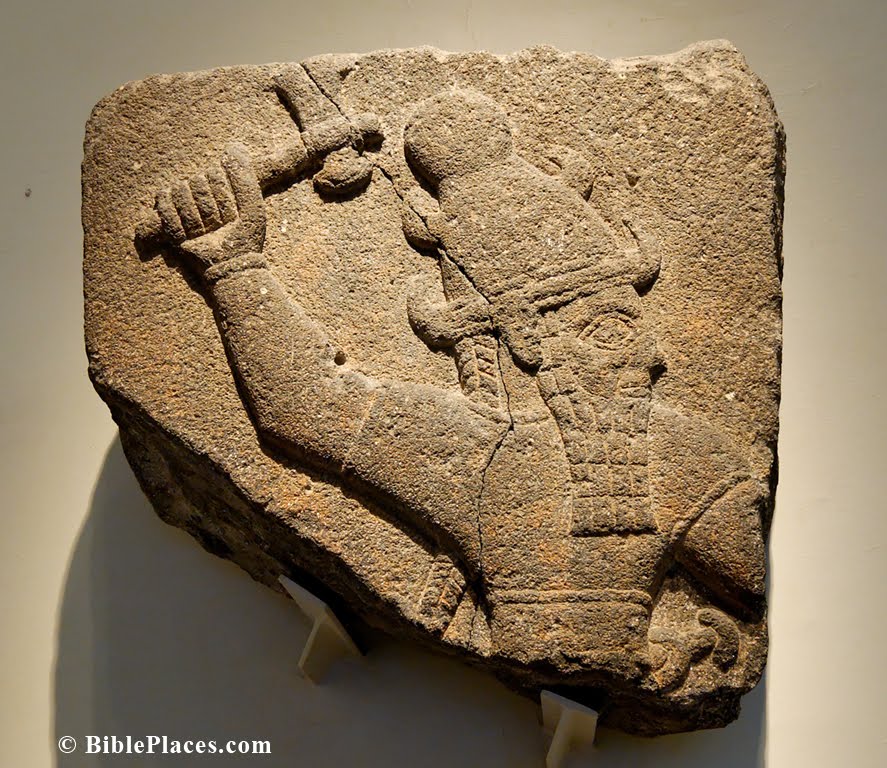1) It is the earliest stone altar from Philistia, a precursor of the many stone altars that are known from 7th century Tel Miqne-Ekron.
2) It is one of the largest altars known (save for the Tel Sheva altar [which though is made of many stones] and an altar from Ekron which was found out of context).
3) It is one of the earliest such altars from the Iron Age, save for those from Megiddo which are late 10th-9th cent. BCE.
4) It has TWO and not four horns – quite unusual for such altars. This is VERY interesting, since this may very well confirm a theory put forward by our team member Louise Hitchcock that there is a connection between the Minoan/Cypriote “Horns of Consecration” and the horned altars – perhaps brought by the Philistines.
5) Its dimensions are virtually identical to the dimensions of the incense altar in the biblical tabernacle (1X1X2 cubit) in Exodus 30!
6) Quite surprisingly, the back part of the altar, and part of the top is unfinished! While the back part might have been “built-in” to a niche behind it (and this could explain the unfinished parts) the top is hard to explain.
7) No evidence of burning or residues were found on top of the altar, although a very nice Cypriote “Black on Red” flask was found right near it. Perhaps it originally stood on top of the altar!
8) Surrounding the altar we found large concentrations of various types of vessels and several concentrations of astragali.
